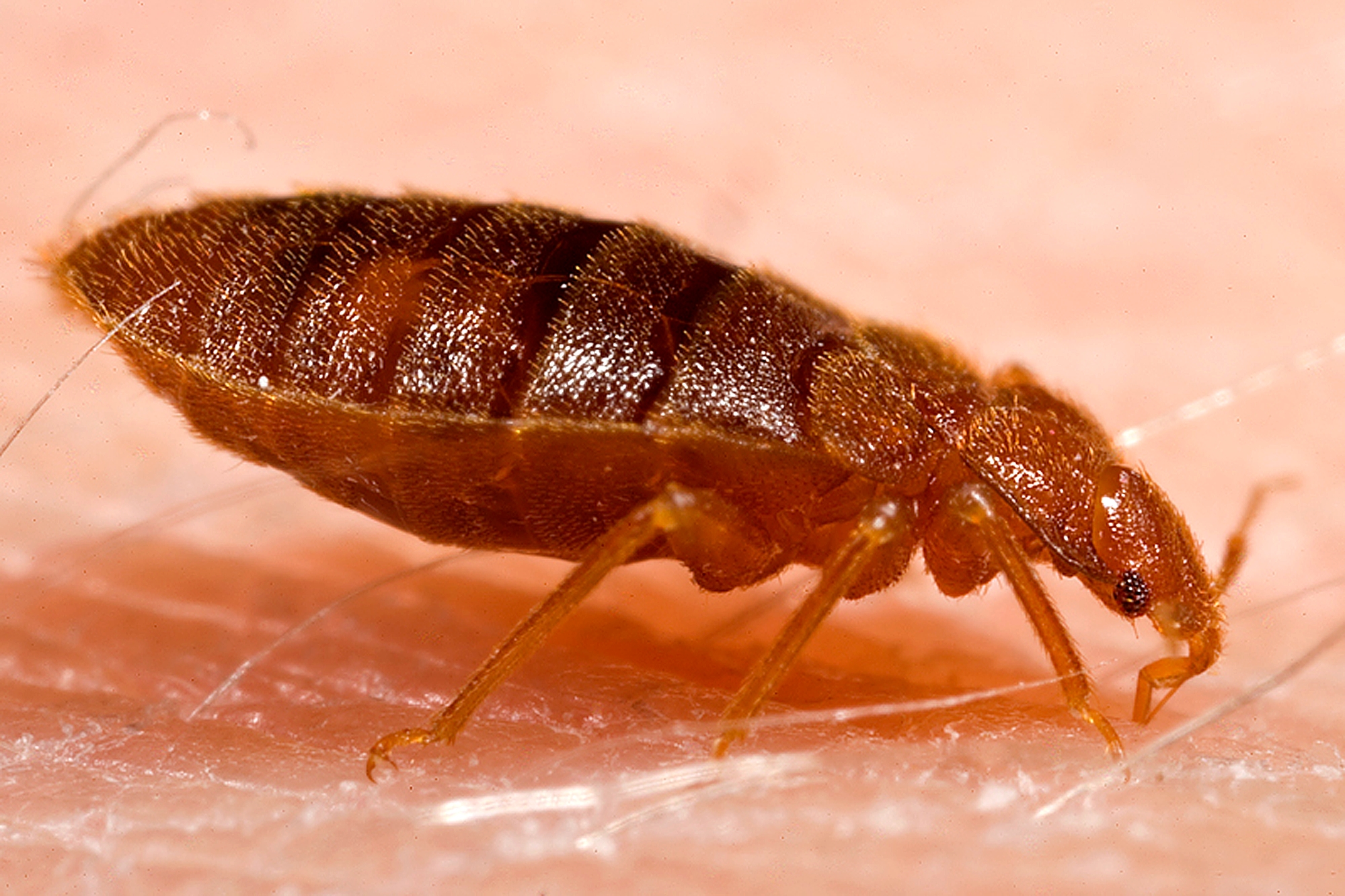04
Feb
Study Finds Bed Bugs Highly Resistant to Neonic Insecticides
(Beyond Pesticides, February 4, 2016) According to a study published in Oxford University Press, entitled High Levels of Resistance in the Common Bed Bug, bed bugs have developed resistance to neonicotinoids (neonics). Neonics have become one of the most widely used active ingredients to control bed bugs since the insects’ have exhibited resistance to other chemicals, including synthetic pyrethroids. Troy Anderson, Ph.D., entomologist at Virginia Tech and Alvaro Romero, Ph.D., entomologist at New Mexico State, studies found higher neonic efficacy for neonics used on lab bed bugs as compared with bed bugs found in domestic settings. With the resurgence of bed bugs across the U.S., exterminators have relied heavily on insecticides to manage the pesky pests, despite questions about efficacy due to resistance, and viability of alternative, non-toxic solutions.
 To test the tolerance and ineffectiveness of pesticides used on bed bugs, Drs. Anderson and Romero used four popular neonics (imidacloprid, acetamiprid, dinotefuran,
To test the tolerance and ineffectiveness of pesticides used on bed bugs, Drs. Anderson and Romero used four popular neonics (imidacloprid, acetamiprid, dinotefuran,
thiamethoxam) to compare their effectiveness in wild and isolated bed bug populations. Bed bugs isolated in a lab died quickly from a small amount of neonics, however, those same chemical treatments used on bed bugs found in Cincinnati and Michigan were ineffective. The isolated group of bed bugs had never been previously exposed to neonics. They also compared New Jersey laboratory bed bugs without previous exposure to neonics to those from Cincinnati and Michigan and found that it required more of the insecticide to kill.
According to the study, “It only took 0.3 nanograms of a substance called acetamiprid to kill 50 percent of the nonresistant bedbugs from [the isolated] lab — but it took more than 10,000 nanograms to kill 50 percent of the Michigan and Cincinnati bedbugs. . .Just 2.3 nanograms of another substance called imidacloprid was enough to kill 50 percent of [the isolated] bedbugs, but it took 1,064 nanograms to kill the Michigan bedbugs and 365 nanograms to kill the Cincinnati bedbugs.”
Neonics have become a popular chemical bed bug tool as many other pesticides have become resistant to bed bugs. In 2013, a study found that pyrethroid pesticides were ineffective on bed bugs due to resistance-associated genes on the outer layer of their shell. These pesticides are still on the market despite known risks, such as respiratory and reproductive problems. Due to the lack of government oversight and the regulation of these harmful chemicals, the public is being exposed to unnecessary hazards. The bed bug insecticide propoxur, was cancelled by the Environmental Protection Agency (EPA) after decades of proven toxic hazard studies and reviews. The carbamate insecticide was implicated as a known carcinogen and found to cause kidney and liver damage and neurotoxic effects.
The cause of the resistance is hard to pinpoint, according to the report. “Variation in resistance among populations could be due to the background of detoxifying enzymes induced by previously used insecticides, different metabolic pathways that each neonicotinoid is subjected to, the type of resistance mechanisms involved in each strain, and intensive selection with neonicotinoids.”
“While we all want a powerful tool to fight bed bug infestations, what we are using as a chemical intervention is not working as effectively it was designed and, in turn, people are spending a lot of money on products that aren’t working,” said Dr. Anderson.
With resistance constantly building, the pesticide treadmill continues as consumers turn to even more toxic chemicals to treat these difficult pests. Fortunately, the chemical treatments that are more harmful to humans than bed bugs are also not actually necessary and the clear solution is to switch to natural alternatives that are non-toxic and safe to use around children, pets, and waterways. For bedbugs, a least-toxic approach, which includes methods such as vacuuming, steaming, and exposing the bugs to high heat, can help to manage an infestation without the dangerous side effects. This approach, as well as taking steps such as sealing cracks and crevices, reducing clutter and encasing mattresses, can also help to prevent an infestation in the first place.
For more information on treating bedbugs, read our factsheet, “Got Bed Bugs? Don’t Panic” on our ManageSafe Bed Bug Page.
All unattributed positions and opinions in this piece are those of Beyond Pesticides.
Source: Oxford University Press










